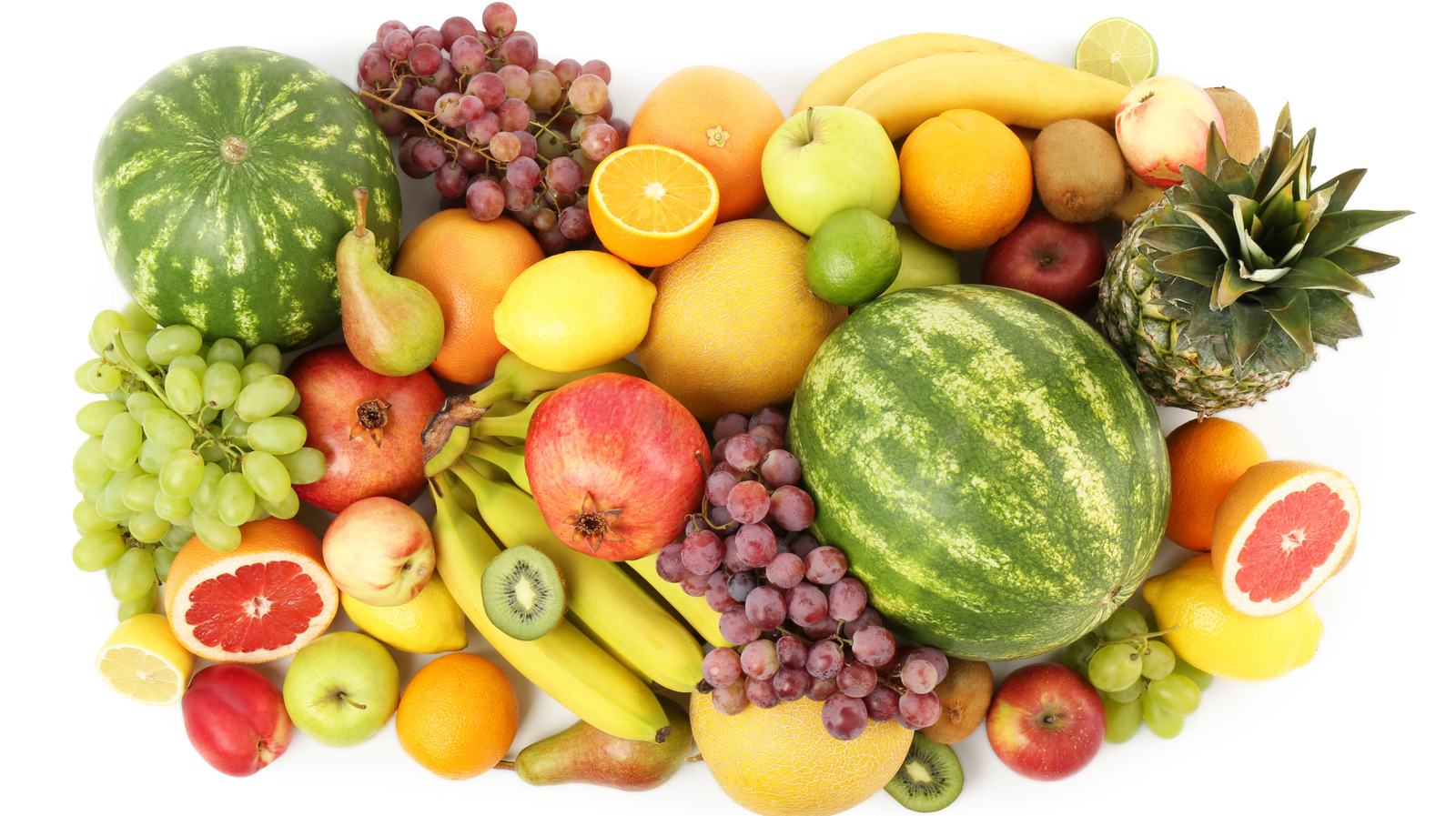Concerns that the arsenic in brown rice can harm you are overblown. But pregnant women and toddlers should take extra precautions. Sung Min/Shutterstock Which is healthiest: Brown or white rice? Nutrition experts have long urged people to choose brown rice whenever possible.
One cup of brown rice has nearly six times the amount of fiber as white rice, as well as higher levels of magnesium, potassium, iron and B vitamins. Many studies have found that eating fiber-rich foods like brown rice and other whole grains is associated with a lower risk of developing heart disease, Type 2 diabetes, obesity and some cancers. But in recent years, brown rice’s stellar reputation has been questioned.

Some health and social media influencers have even discouraged people from eating it, saying brown rice should be avoided because it contains arsenic, a heavy metal linked to cancer, neurological problems and other health issues. Health experts, however, say that concerns about arsenic in brown rice are mostly overstated. Studies suggest that for most U.
S. adults, the average levels of arsenic in both brown rice and white rice are low enough that you would have to eat excessive amounts to be at risk of developing health problems. Experts contend that the nutritional benefits of brown rice outweigh any concerns about arsenic when rice is part of a wide-ranging diet.
A caveat is that some groups, such as infants and toddlers, may be more vulnerable to the harmful effects of arsenic. If you want to be cautious and limit your or your child’s exposure, there are things you can do, such as eating a variety of grains or cooking rice in a way that removes arsenic. Why is there arsenic in rice? White rice and brown rice have a lot in common.
In fact, white rice starts out as brown rice. The main difference between the two is how they are processed. Brown rice is a whole grain that contains three key components.
It has a fiber-rich outer layer called the bran, as well as a core layer called the germ, which contains healthy fats, antioxidants and vitamins. There is also a starchy middle layer called the endosperm, which contains simple carbohydrates as well as some protein and nutrients. White rice is made by stripping brown rice of its bran and germ, leaving behind the starchy endosperm.
This is why brown rice is more nutritious: It’s a whole grain that maintains all its fiber and nutrient-rich components. But this can also be a downside. Rice is typically grown in flooded fields called rice paddies.
When the soil is submerged underwater, arsenic in the ground becomes soluble and the plant’s roots can mistake the arsenic for nutrients and absorb it, said Andrew Meharg, the chair of plant and soil science at Queen’s University Belfast in Northern Ireland. Because brown rice is converted to white rice by removing some of its components, white rice generally ends up containing about half as much arsenic as brown rice, said Meharg, who has studied arsenic contamination in rice for 25 years. But the amount of arsenic in rice can vary depending on the soil, the type of rice and how it’s cultivated.
Some research suggests that climate change could also be causing higher levels of arsenic in rice. How much arsenic is in rice? One recent study by researchers at Michigan State University looked at the average levels of inorganic arsenic in white and brown rice sold in the United States. It found that brown rice on average contained arsenic at levels around 138 parts per billion.
The average levels in white rice were around 93 parts per billion. Both averages are below the safety standards set by the World Health Organization. The agency says that “to protect consumers from excessive exposure,” arsenic levels in brown rice should not exceed a “maximum” of 350 parts per billion.
The Food and Drug Administration hasn’t issued any guidance on arsenic in rice and safe levels of consumption. But the agency regulates bottled water at 10 parts per billion and rice cereal for infants at 100 parts per billion. How much brown rice can I eat? Christian Scott, the lead author of the Michigan State study and a postdoctoral research associate at the university, said the average American adult would need to eat more than three servings of brown rice — one-and-a-half cups — “every day for years” to be at an increased risk of developing health problems from the arsenic in rice.
“It’s not necessarily a reason to select white rice over brown rice at Chipotle when you’re an adult,” Scott said. Beth Czerwony, a registered dietitian with the Cleveland Clinic’s Center for Human Nutrition, said that for adults, brown rice is so nutritious that you shouldn’t be discouraged from eating it. “For the general public, there’s really no reason to be worried, even for people who eat brown rice every day,” she added.
Should parents worry about arsenic in rice? More caution is warranted, however, for infants, toddlers and pregnant people. That’s because developing brains and nervous systems are more susceptible to harm from arsenic, lead and other environmental toxins. Rice is a major ingredient in many infant foods — such as infant cereals — and it’s typically a first food for many children.
“They’re vulnerable. They’re developing, their cells are growing, organs forming,” said Margaret Karagas, a professor and chair of the department of epidemiology at the Geisel School of Medicine at Dartmouth College. “That is a sensitive period to environmental toxicants.
” If you’re pregnant, or you have an infant or toddler, consider a more diverse diet. The American Academy of Pediatrics says that rice cereal does not need to be your infant’s first food. You can give them things like mashed or pureed avocado, bananas, butternut squash, sweet potatoes, beans or lentils.
If your child likes rice, you could give them a variety of other whole grains, such as oats, barley, quinoa and farro, which all have less arsenic than rice. The academy says you should try to avoid using rice milk and that you should be wary of processed toddler foods that use rice syrup as a sweetener. One expert, Marie Muehe, an assistant professor at the Helmholtz Center for Environmental Research, has two children who are 3 and 5 years old.
She said that when her children were younger, she cooked with rice “once a week, not more,” and then used other grains such as wheat and barley. “It’s easy to implement, actually,” she said. “There just needs to be awareness.
” Can you reduce the amount of arsenic in rice? You could also reduce the amount of arsenic in your rice by using the following cooking method: — Soak the rice for 30 minutes then rinse thoroughly. Strain it. — Cook the rice in a fresh pot of boiling water, in the same way you’d cook pasta, using at least a four-to-one ratio of water to rice.
— Once the rice is cooked, strain it and discard the water. “A lot of the arsenic will be in the excess water,” said Meharg, from Queen’s University Belfast. “Not all of it.
But a lot of it.” If you’re pressed for time, you could parboil the rice, instead of soaking it. In a study published in 2021, researchers parboiled rice for five minutes and then finished cooking the grain in a fresh pot of water.
This cooking technique reduced the arsenic by half for brown rice and by more than two-thirds for white rice, said Manoj Menon, the lead author of the study and a lecturer at the University of Sheffield in England. Fiddlehead food safety: How much boiling is enough? We believe it’s important to offer commenting on certain stories as a benefit to our readers. At its best, our comments sections can be a productive platform for readers to engage with our journalism, offer thoughts on coverage and issues, and drive conversation in a respectful, solutions-based way.
It’s a form of open discourse that can be useful to our community, public officials, journalists and others. Read more..
. We do not enable comments on everything — exceptions include most crime stories, and coverage involving personal tragedy or sensitive issues that invite personal attacks instead of thoughtful discussion. For those stories that we do enable discussion, our system may hold up comments pending the approval of a moderator for several reasons, including possible violation of our guidelines.
As the Maine Trust’s digital team reviews these comments, we ask for patience. Comments are managed by our staff during regular business hours Monday through Friday and limited hours on Saturday and Sunday. Comments held for moderation outside of those hours may take longer to approve.
By joining the conversation, you are agreeing to our commenting policy and terms of use . More information is found on our FAQs . You can modify your screen name here .
Show less Please sign into your Press Herald account to participate in conversations below. If you do not have an account, you can register or subscribe . Questions? Please see our FAQs .
Your commenting screen name has been updated. Send questions/comments to the editors..
Food

Brown rice has more arsenic than white. Is it still the better choice?

Recent concerns over the health risks of eating brown rice are mostly overblown.















